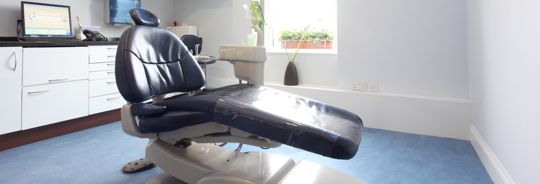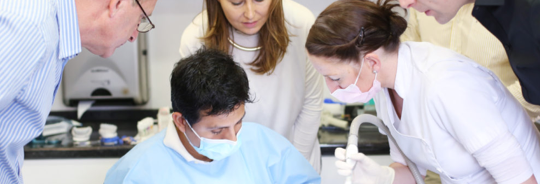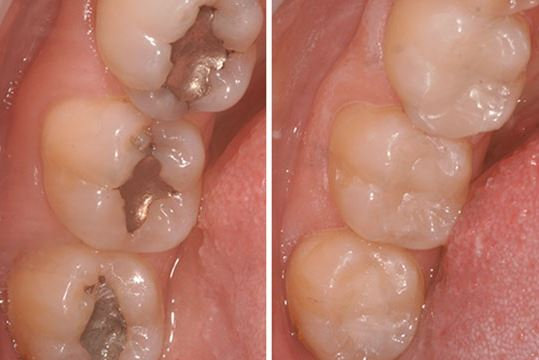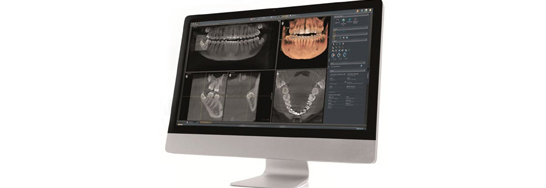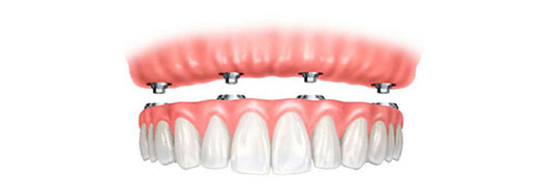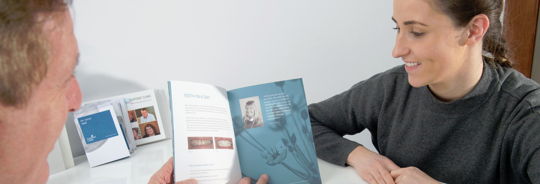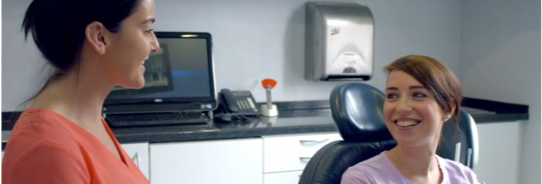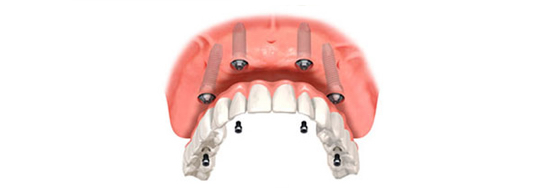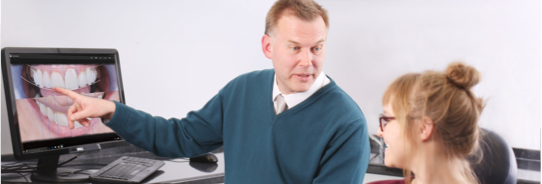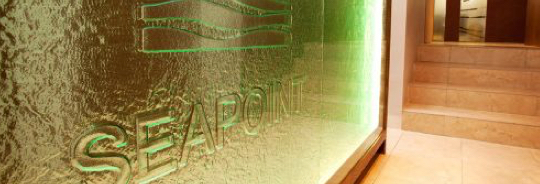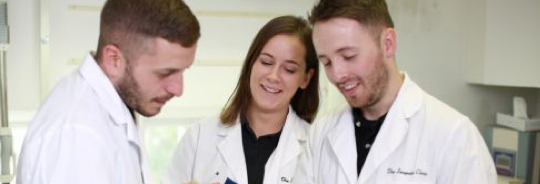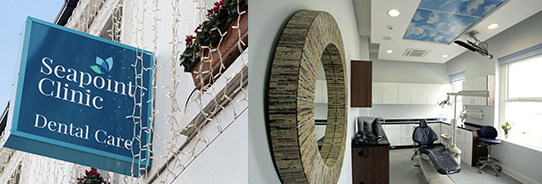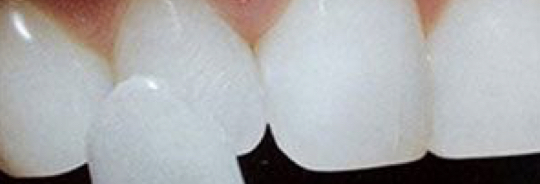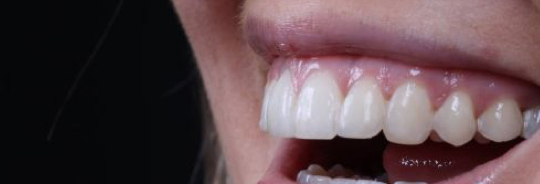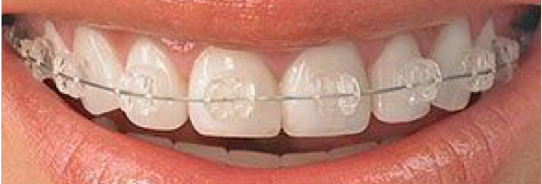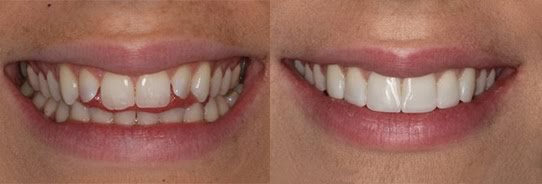Bone Grafting Options
If a significant amount of bone is lost there may not be enough to place a dental implant. In these cases, it is necessary to perform a bone grafting procedure. This can be a small procedure performed under local anesthetic in the dental practice or it may involve going to hospital for treatment under general anaesthetic in very severe cases.
When you are assessed for dental implants the bone will be measured in all dimensions. The only way to check the bone before implant placement is to take a dental CT.
There are different ways of grafting bone and they will all involve some bruising and swelling for a week of two after the procedure but usually not much pain. The swelling and bruising can be reduced with some medications and following the aftercare instruction.
Sinus Grafting, Sinus Elevation Procedure
This is carried out where the sinus has expanded and the bone has been lost. It usually occurs in the upper jaws towards the back where the maxillary sinuses are close to the mouth.
When a tooth is lost at the back of the top jaw for a period of time the sinuses tend to expand into the area.
Bone rapidly becomes resorbed following tooth loss and the sinuses expand much like a balloon resulting in more bone resorption. When this happens there is often too little bone to immediately place implants and a sinus elevation prodcure is necessary first.
There are two types of sinus grafting:
Internal:
This is performed at the same time as the implant is placed and is performed through the same hole as the implant. This means it can be done more quickly than the eternal sinus graft and leads to less pain and swelling. This is normally carried out when there is still more than 5mm of bone left between the mouth and the sinus.
External:
This procedure involves lifting the gum back at the side of the sinus and placing a bone substitute into the void created. After this grafted has matured (usually 6 months later), we can place dental implants. The procedure is commonly performed and typically takes about an hour. As it is a surgical procedure you can expect some soreness, swelling or bruising afterwards.
Sinus grafts are often essential prior to implants at the back of the top jaw. They do need more time to mature and so can delay the completion of treatment. They also involve an additional fee. Your dentist will only know if you need a sinus graft once an appropriate X-ray has been taken. This will usually be an OPG, but more usually a full CT scan.
Bone Expansion:
Where the bone is soft but not wide enough to place an implant we can often gently expand the bone. This does not lead to any bruising and swelling and is most commonly used in the top jaw where the bone is usually softer.
Block Grafting:
Where a large amount of bone is missing it may be necessary to take bone from elsewhere and move it to the area which needs more. This is an uncommon approach however, as it leads to more discomfort and is only used exceptionally.
Nerve Lateralisation:
We can avoid grafting sometimes in the lower jaw by moving the nerve in the jawbone slightly to the side. This means implants can be placed faster than if a graft were place. This can result in temporary altered or lost sensation to the lower lip but it will almost always return with no long term effects.
What is used?
There are many different types of bone graft materials that we use. Some are artificial and are made of calcium and phosphorous, others come from bovine sources.
The granules are placed under the gum and allowed to heal and several months they are usually strong enough to place implants into. If only a small graft were needed it is sometimes possible to place the implant at the same time as the graft.


